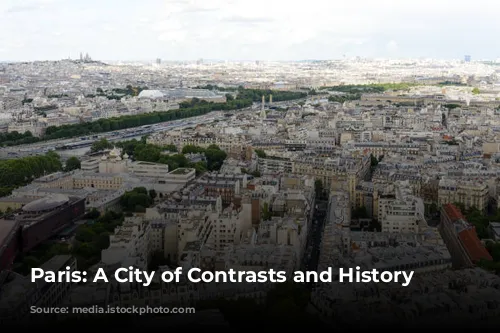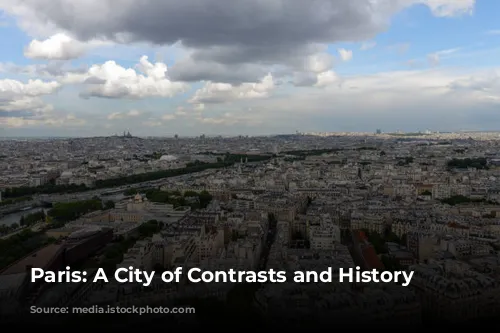Paris, the City of Lights, is a captivating blend of modernity and ancient history. Nestled on the western side of Europe, in a flatland close to the Mediterranean Sea, its climate is tempered by the warm Gulf Stream. This influence creates a mild climate, though Paris is known for its unpredictable weather, especially during the winter and spring months.
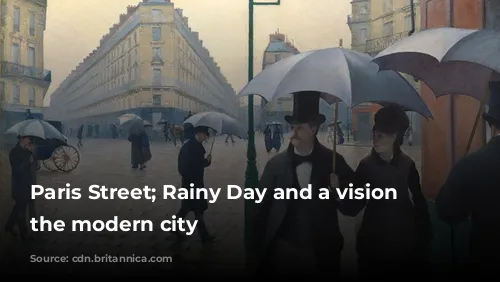
Parisian Climate: Mild but Variable
The average temperature hovers around the mid-50s Fahrenheit, with summer reaching the upper 60s and winter dipping to the upper 30s. Freezing temperatures persist for about a month each year, with snowfall gracing the city on roughly half of those days. While the city faces air pollution challenges, Paris has implemented measures to reduce it. Its purified water system makes the tap water safe for drinking, ensuring residents have access to clean and healthy water.
A Journey Through Paris’s Walls
The city’s evolution is reflected in its walls, which have evolved alongside its growth over the centuries. As Paris expanded from the Île de la Cité, various walls were erected to defend and enclose the city. The Roman town on the Left Bank was destroyed by barbarians in the 3rd century, and the fire-blackened stones were used to construct a defensive wall on the Île de la Cité. This wall was rebuilt numerous times throughout history, a testament to its importance in safeguarding the city.
From Ancient Fortifications to Triumphal Arches
King Philip II constructed a new wall between 1180 and 1225, protecting the settlements on both banks of the Seine River. This wall was later expanded by Charles V in the 14th century, with the Bastille fortress guarding the east and the Louvre fortress protecting the west. In the 17th century, Louis XIV replaced the Charles V walls with the tree-lined Grands Boulevards, decorated with triumphal arches at the Saint-Denis Gate and the Saint-Antoine Gate. These boulevards, originally a military engineering term for the platform of a defensive wall, still stretch from the Place de la Madeleine to the Place de la République, a lasting testament to the city’s rich military history.
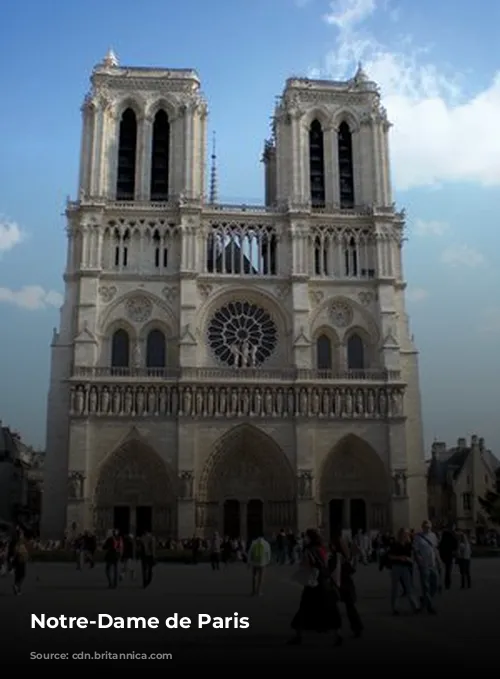
Tax Collectors and the Last Wall
In the late 18th century, a new wall was erected with 57 tollhouses. This wall was built by the farmers-general, a company of tax collectors, to levy customs duties on goods entering Paris. These tollhouses still stand at Place Denfert-Rochereau, a reminder of the city’s financial past.
The last wall, built in the mid-19th century by Adolphe Thiers for King Louis-Philippe, was a true military installation. It encompassed several hamlets outside Paris, including Auteuil, Passy, Montmartre, La Villette, and Belleville, effectively extending the city’s boundaries.
The Rise of Modern Paris
The rebuilding and economic revival following the collapse of Napoleon III’s Second Empire in 1870, combined with the expansion of employment driven by the Industrial Revolution, attracted more and more people to Paris. The development of railways made it easier for people to travel to and from the city.
Baron Haussmann, the city planner, demolished the farmers-general walls and constructed wide, straight boulevards that sliced through the narrow streets of Paris. This restructuring transformed the city’s landscape, creating a more modern and efficient urban environment.
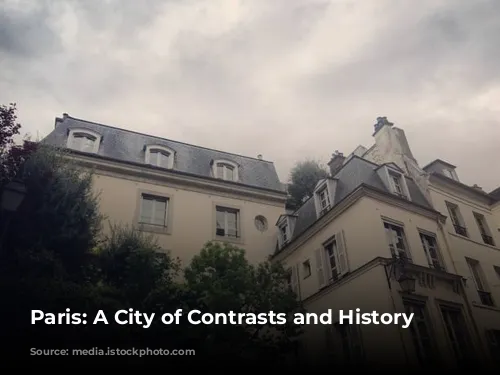
A City of Enduring Beauty
Today, Paris’s boulevards, historic buildings, monuments, gardens, plazas, and bridges form a truly spectacular cityscape. In 1991, much of central Paris was declared a UNESCO World Heritage site, recognizing its outstanding universal value and cultural significance.

The Île de la Cité: The Heart of Paris
The Île de la Cité, a ship-shaped island in the Seine River, is the historic heart of Paris. This small island is the birthplace of Paris and holds countless historical treasures. Eight bridges connect it to the riverbanks, and a ninth leads to the Île Saint-Louis.
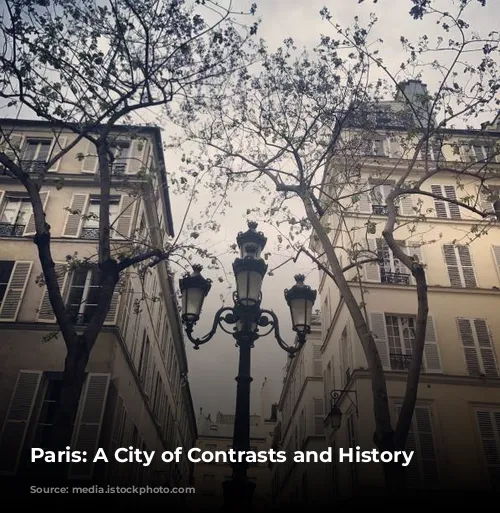
The Pont Neuf: A Bridge Through Time
The oldest bridge in Paris, the Pont Neuf (New Bridge), was built between 1578 and 1604. Its sturdiness is legendary, reflected in the saying “solid as the Pont Neuf.” The bridge boasts 250 grotesque masks decorating its parapet and half-moon bays, which were the first sidewalks in Paris. For 200 years, this bridge was the main street and a bustling market. Despite regular repairs, the Pont Neuf remains essentially the same as it was when it was first built.
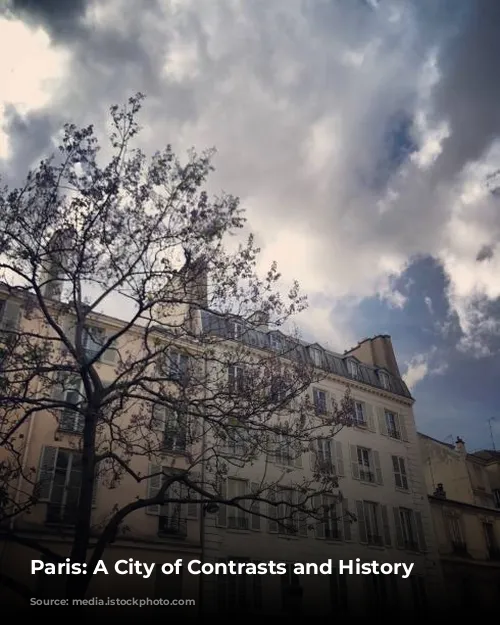
History and Majesty on the Île de la Cité
At the tip of the Île de la Cité, a triangular park offers a serene escape from the bustling city. The park is surrounded by a cobbled quay popular with sunbathers and lovers, and features a bronze equestrian statue of King Henry IV. The Place Dauphine, named for Henry’s heir, is located across the Pont Neuf.
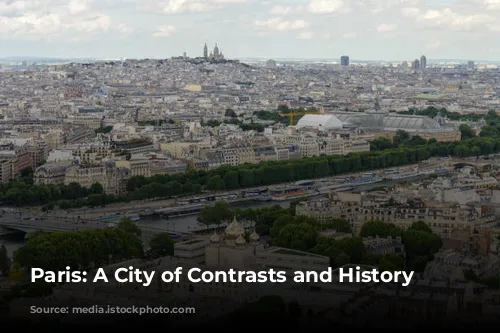
The Palace of Justice and the Conciergerie
The Palace of Justice (Palais de Justice), originally the palace of the Roman governor, has been rebuilt and expanded throughout history. It features the Conciergerie, a grim gray-turreted building that served as a prison and a torture chamber. The Great Hall was once the meeting place of the Parlement, the high court of justice, and was renowned for its Gothic beauty. While fires have ravaged the building over the centuries, it remains an important historical landmark.
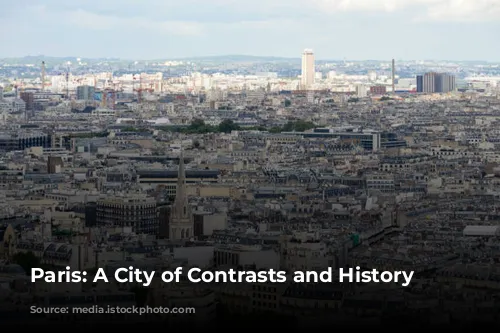
Sainte-Chapelle: A Jewel of Gothic Architecture
In the palace courtyards, the Sainte-Chapelle (Holy Chapel) stands as one of France’s greatest architectural masterpieces. Built in the 13th century by Louis IX, this Gothic chapel is a testament to architectural daring, with its vaulted ceilings supported by slender columns and stained-glass walls. This exquisite chapel was built to house the Crown of Thorns and other holy relics.
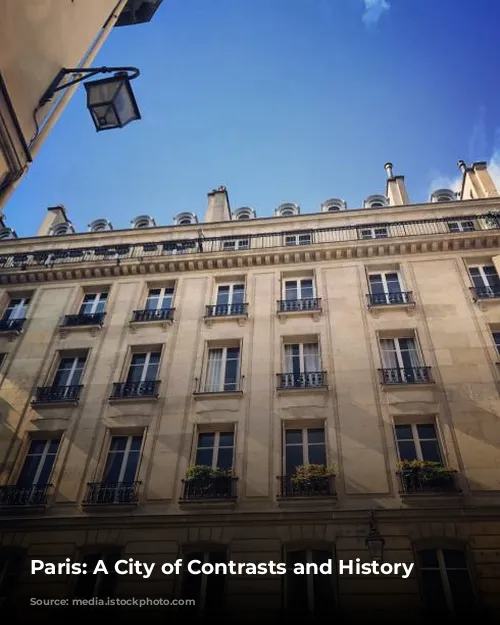
A Modern Island
In the 19th century, the Île de la Cité underwent a transformation under King Louis-Philippe and Baron Haussmann. Ancient buildings were removed, streets and squares were widened, and grand government offices were erected. The Police Judiciaire, the Paris municipal detective force, established its headquarters in the Palace of Justice. The Police Prefecture, another 19th-century building, stands across the boulevard du Palais. The Place du Parvis-Notre-Dame, enlarged by Haussmann, became an open space, and the Hôtel-Dieu, Paris’s first hospital, was moved to the inland side of the square.
The Île de la Cité continues to be a vibrant center of history, culture, and modernity, reflecting the evolution of Paris from its ancient roots to its present-day grandeur.
